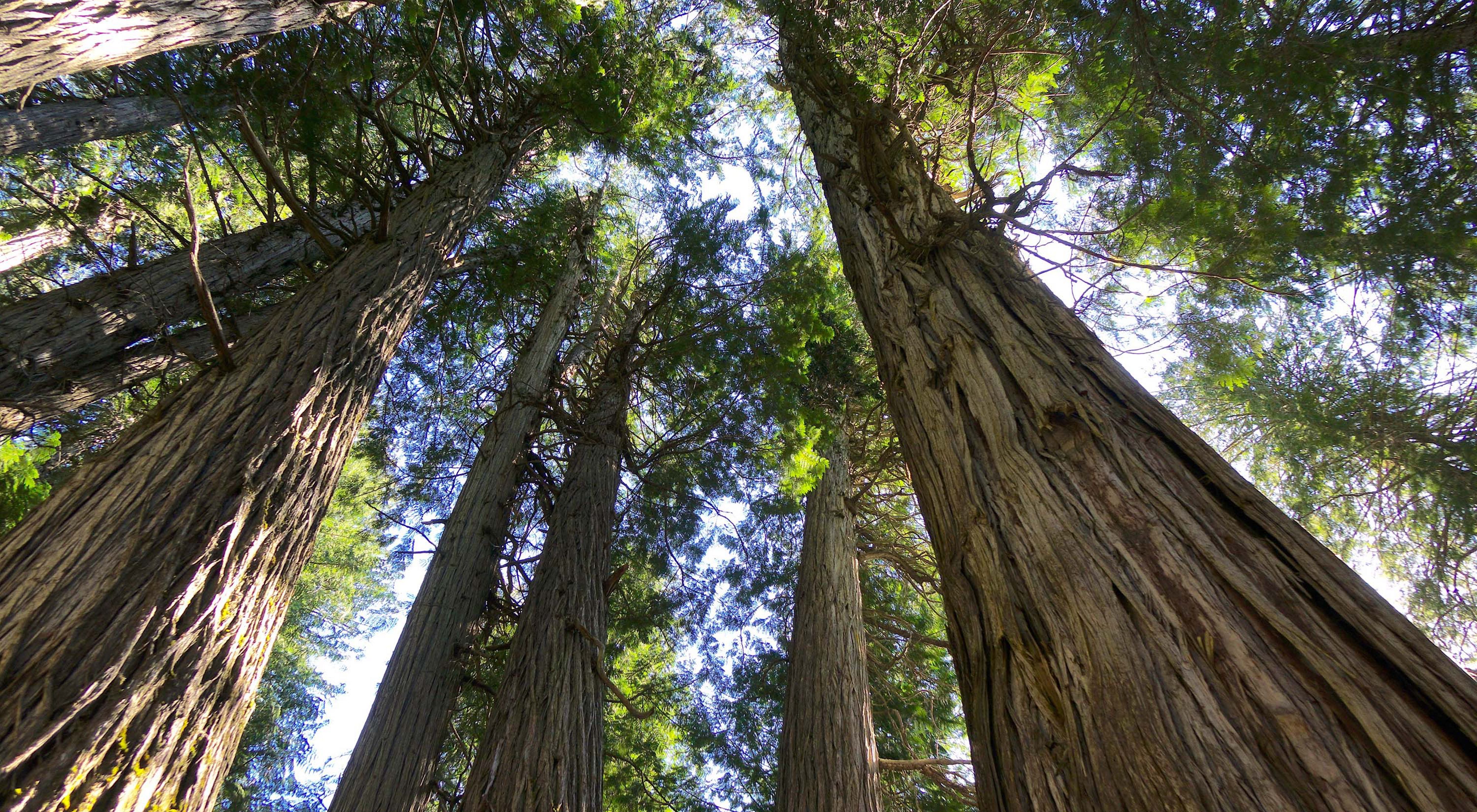What We Can Do for Climate in 2022
Our team shares how Canada can enable nature-based solutions to climate change in 2022
In June 2021, Nature United launched new science showing the power of nature to cut Canada’s greenhouse gas emissions. Together with 38 leading experts, we identified pragmatic, cost-effective solutions across forests, grasslands, wetlands and farmlands that are available now. Governments responded immediately, seeing a clear opportunity to help reach our national target of cutting emissions by 40 to 45 percent below 2005 levels by 2030.
But the work is not over. Below our team shares how we can advance Natural Climate Solutions for Canada in 2022.
Quote: Tyson Atleo

We need more than day-to-day changing of practices. We need to reconnect to the natural systems that give us life. This re-centering of nature will result in climate progress, healthier communities and thriving ecosystems.
"Upholding and investing in Indigenous rights and authority is critical to allowing Canada to enable Natural Climate Solutions in 2022. Our actions must be bold, collaborative and supportive of local Indigenous leadership and knowledge"
— Claire Hutton, Indigenous Stewardship Director
“Natural Climate Solutions are market-ready. Enabling them in 2022 requires private-sector dollars to fully capitalize on this climate solution and should be linked to ambitious, science-based corporate emissions-reduction targets to achieve net-zero. We need to work together to leverage public and philanthropic investments already being made.”
— Jane Church, Corporate Engagement Manager
Quote: Hadley Archer
The Government must build on strong commitments by prioritizing investment and actions to enable Natural Climate Solutions. In doing so, government, industry and Indigenous communities can work together to meet climate goals.


Quote: Ronnie Drever
We can’t take our eyes off the ball in terms of reducing fossil fuel emissions and decarbonizing the economy. Natural Climate Solutions need to complement those efforts.

"Agricultural lands represent the biggest near term opportunity to deploy Natural Climate Solutions in Canada. In 2022 we will join with industry leaders and partner with farmers to expand practices that improve soil health and productivity and protect water quality."
— Deborah Froeb, Conservation Finance Strategy Advisor
"To advance Natural Climate Solutions in 2022, we must innovate and try new things. We need radical-seeming partnerships with NGOs, communities, and Indigenous Peoples that elevate more diverse voices and enable equitable solutions to the climate crisis.”
— Jenny Brown, Director of Conservation
Learn More About Natural Climate Solutions
The groundbreaking results from the study "Natural Climate Solutions for Canada" show that Natural Climate Solutions can help Canada mitigate up to 78 Mt CO2e annually in 2030—an amount equal to the current greenhouse gas emissions from powering every single home in Canada for about three years. Download the study to learn more.
Nature United was founded as a Canadian charity in 2014, building on decades of conservation in Canada. Headquartered in Toronto, the organization has field staff located across the country. Nature United supports Indigenous leadership, sustainable economic development, and science and large-scale conservation, primarily in the Great Bear Rainforest, Clayoquot Sound, the Northwest Territories, and northern Manitoba. Our organization is also working to accelerate Natural Climate Solutions at national and regional scales. To learn more, visit natureunited.ca or follow @natureunited_ca on Twitter.
We are the Canadian affiliate of The Nature Conservancy, a global conservation organization with more than a million members and a diverse team that includes more than 400 scientists. Our global organization works in 76 countries—either directly or through partnerships—to conserve the lands and waters on which all life depends. To learn more, visit www.nature.org or follow @nature_press on Twitter.
